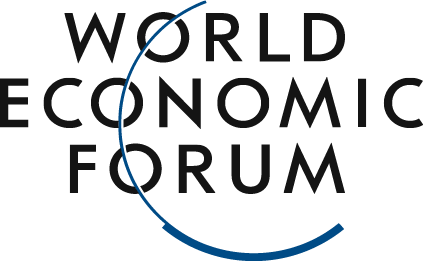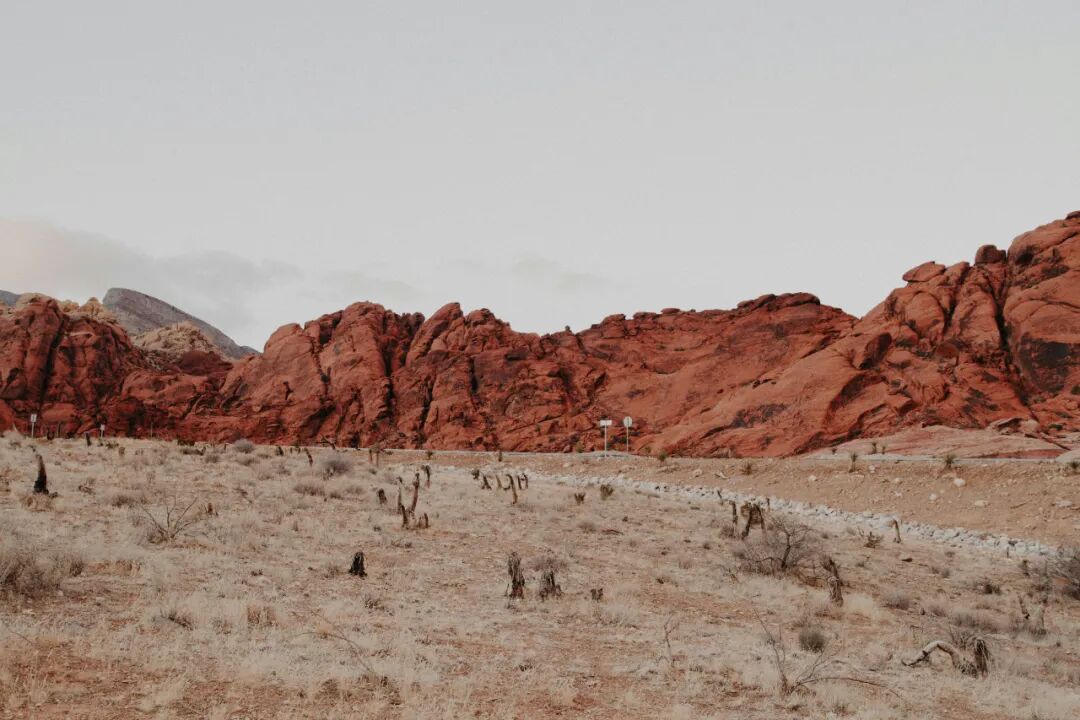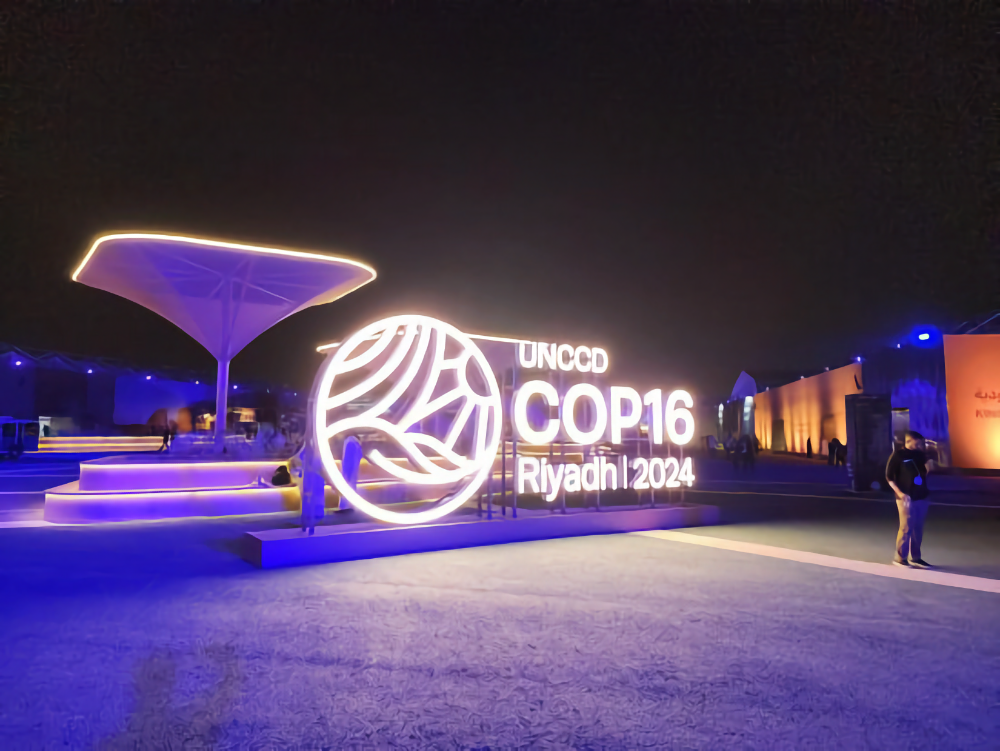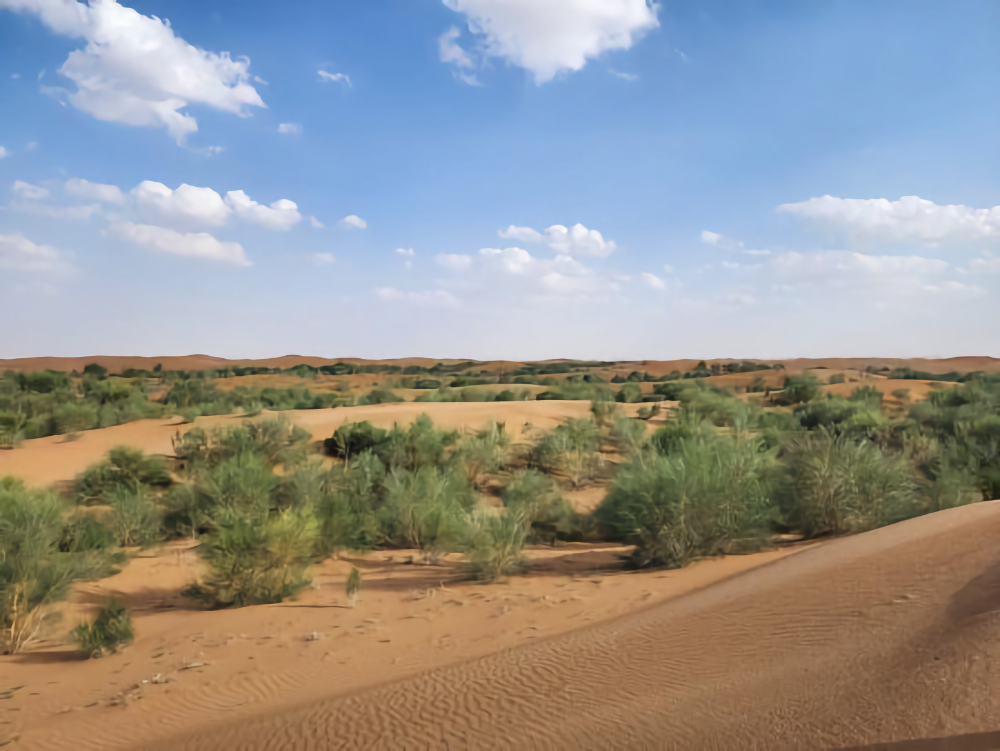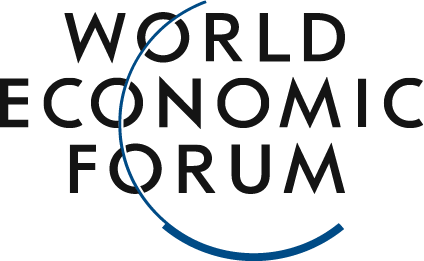:Kenny Eliason on Unsplash
,,
2014122-13,,“,“,“”(1t.org),,,
Innovation in science, technology, and management stands out as one of the best approaches to driving effective desertification control. Compared to large-scale human mobilization, the integration of mechanized and digital technologies acts as a powerful multiplier in combating desertification—enhancing not only quality, speed, and efficiency but also unlocking labor potential and generating economic benefits that support the diversified development of local communities.China is actively developing a desert big-data platform in the Inner Mongolia region. By leveraging methods such as aggregation, data collection, and continuous monitoring, the platform compiles decades of information on local vegetation, weather patterns, soil diversity, and germplasm resources. Combined with global ecological factor data, it has established a comprehensive data center and exchange-sharing platform. This initiative not only reduces the costs and barriers associated with managing and researching environmental changes in desert ecosystems but also fosters the growth of industries and community economies surrounding desert areas. Ultimately, it unlocks the full potential of desert ecosystems as economic assets, paving the way for innovative applications of ecological product value-realization mechanisms in arid and land-degraded regions.Deep within the Tengger Desert in Alxa League, Inner Mongolia Autonomous Region,
Today, technological innovation is not only making significant strides domestically—some forward-thinking startups and their market-ready solutions have already begun expanding overseas, actively bringing new "China Solutions" to countries and regions along the Belt and Road Initiative. For instance, a startup consortium from Shaanxi Province has developed innovative technologies like waterproof sand and water-retention agents, which enhance soil stability and aeration. These breakthroughs address fundamental environmental challenges in nations such as the UAE and Saudi Arabia, while also helping Middle Eastern countries and regions overcome critical water-resource constraints in their efforts to combat desertification and promote greenery.Jointly building a high-quality Belt and Road Initiative and fostering a new model of international green cooperationDue to constraints posed by natural geographical factors, Middle Eastern countries and regions have long faced the dual challenges of chronic drought, water scarcity, coupled with slow population growth and economic development. These issues have, to some extent, hindered their ability to achieve sustainable, high-quality growth, while residents in these nations continue to suffer from the devastating impacts of desertification and land degradation. Scientifically-driven collaboration on desertification control and afforestation efforts not only strengthens the "people-to-people connectivity" among co-building countries but also represents small yet impactful projects in bilateral and international partnerships. Such initiatives foster deeper friendship among people along the Belt and Road, providing robust support and evidence to enhance the influence of global communication mechanisms.The launch of several landmark frameworks, such as the "Saudi Green Initiative" and the "Middle East Green Initiative," aims to establish high-level cooperation platforms and mechanisms for Middle Eastern countries and regions. Under Saudi Arabia’s Vision 2030, key projects like the "Green Riyadh" initiative prioritize afforestation and the development of royal nature reserves as critical pathways for ecological restoration. These efforts are designed to strengthen the nation’s and the broader Middle East’s capacity to tackle climate change, enhance their practical contributions to carbon reduction through nature-based climate solutions, and foster the development of a series of boutique tourism projects centered around eco-friendly, nature-oriented infrastructure initiatives.Scientific approaches to land greening and the spirit of Saihanba provide diverse value options for jointly building a high-quality Belt and Road Initiative, effectively unlocking new avenues for its development. These efforts also foster greater cultural exchange among people in countries along the route, enhancing their sense of shared responsibility in nurturing a community with a shared future for humanity and nature. Both the public and private sectors can seize growth opportunities over the next golden decade, pioneering innovative models of international green cooperation. This will not only create fresh opportunities for China’s unique wisdom in global collaboration but also ensure steady progress toward the goals of the Global Development Initiative and the vision of a community with a shared future for mankind.
This article was originally published in China Newsweek. Feel free to share it with your friends—please leave a comment below if you’d like to republish it.
Editor: Wang Can
The World Economic Forum is an independent and neutral platform dedicated to bringing together diverse perspectives to discuss critical global, regional, and industry-specific issues.
Follow us on Weibo, WeChat Video Accounts, Douyin, and Xiaohongshu!
"World Economic Forum"
